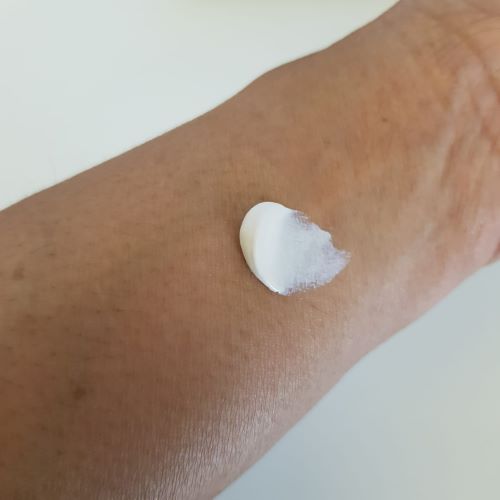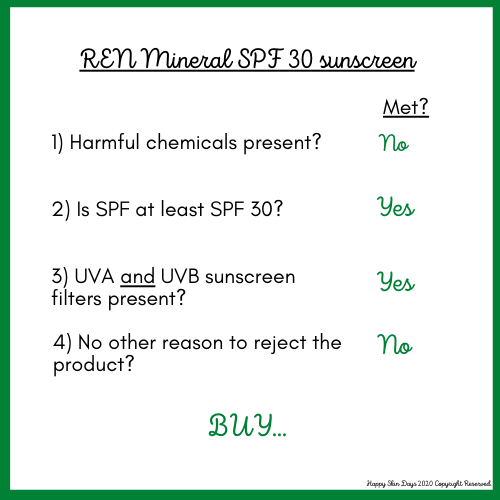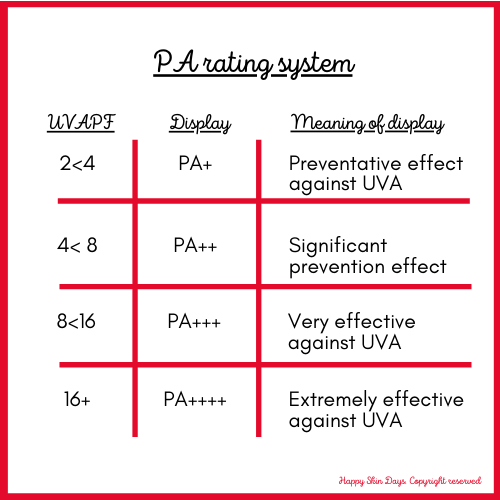Introduction
The only sunscreen filter in this product is Zinc Oxide. (Zinc Oxide and Titanium Dioxide are referred to as “mineral” sunscreens). Mineral sunscreens are not at very popular for two reasons:
1) The EU has superior UV filters compared to the USA. By necessity the USA has 2 UVA filters: Avobenzone and Zinc Oxide. The EU has no such restrictions.
2) Zinc Oxide (both the nano- and non-nano) forms are difficult UV filters to work with. A common complaint about Zinc Oxide sunscreens are that they leave a white cast, are chalky in texture, drying, and smell (of chalk).
Based on my own survey of hundreds of sunscreens in the USA, I estimate that about 10% of sunscreens in the USA are Zinc Oxide based.
There are many new Zinc Oxide sunscreen releases (including the Drunk Elephant and the Inkey List), because the US FDA (sunscreen regulatory body) regards both as GRASE (Generally Regarded As Safe and Effective) filters.
Other Zinc Oxide/mineral sunscreens include The Inkey List SPF 30, Drunk Elephant SPF 30, prevage hydrating shield SPF 50,
See also: Top mineral sunscreens – CVS pharmacy cut
Physical appearance

Immediately on blending in – there is some whitecast

After 2-3 minutes of blending in, the product settles in without leaving a whitecast

I have been using this sunscreen for about 10 days now with no discomfort. My pro tip for product use: rub in (without making an effort to blend) in product. Wait for 5 minutes. Then start to blend in the product. The product does not smell unlike the Inkey List which has a chalky smell. It has a very light indistinguishable fragrance. The product is more moisturising than the Inkey List.
BACK TO BASICS
Its vital that sunscreens contain “UV filters” that protect our skin by absorbing, reflecting or scattering UVA and UVB rays, as both rays have been definitively linked to photoaging and skin cancer.
The harmful effects of over-exposure to UVA and UVB are:

The Happy Skin Days’ sunscreen test
I apply the following test in suggesting products to use.

This is an SPF 30 product, and Zinc Oxide is the only filter it contains. It doesn’t contain any harmful chemicals that I look for (parabens, Oxybenzone, BHT) and there is no reason to not use this product.
Let’s talk about Zinc Oxide, the sunscreen filter
(see also Zinc Oxide 101, a detailed blog on Zinc Oxide).
The short version about Zinc Oxide is:
- provides protection against both UVA and UVB damages, although it is a better UVB filter.
- Its very photostable (does not breakdown in UV radiation) and unlike old school filters (e.g.) Avobenzone, it does not breakdown as soon as it comes out of the tube.
- Unreactive with the skin and just sits on the skin. In the extremely, super-duper unlikely event that tiny amounts are absorbed into the skin, it breaks down into Zinc and Oxygen ions, both of which are naturally present in the body.
- It is completely fine to use on children (see this Guide to buying sunscreen for kids)
Drawback of the product
I haven’t written about this enough (and I should), but the main problem with all standalone Zinc Oxide sunscreens, is that they don’t provide extremely high protection against UVA radiation and this is only a PA+++ rated product. To remind you this means this sunscreen is “very effective against UVA.”

Secondly, the major drawbacks of this product are it does not blend in with the same ease as a US$ 68 sunscreen (prevage day shield SPF 30) does. I can live with that: the product does blend in, it just takes a few minutes to settle down.
Available for sale in the UK for £32 for 50ml at Space NK or cultbeauty.
